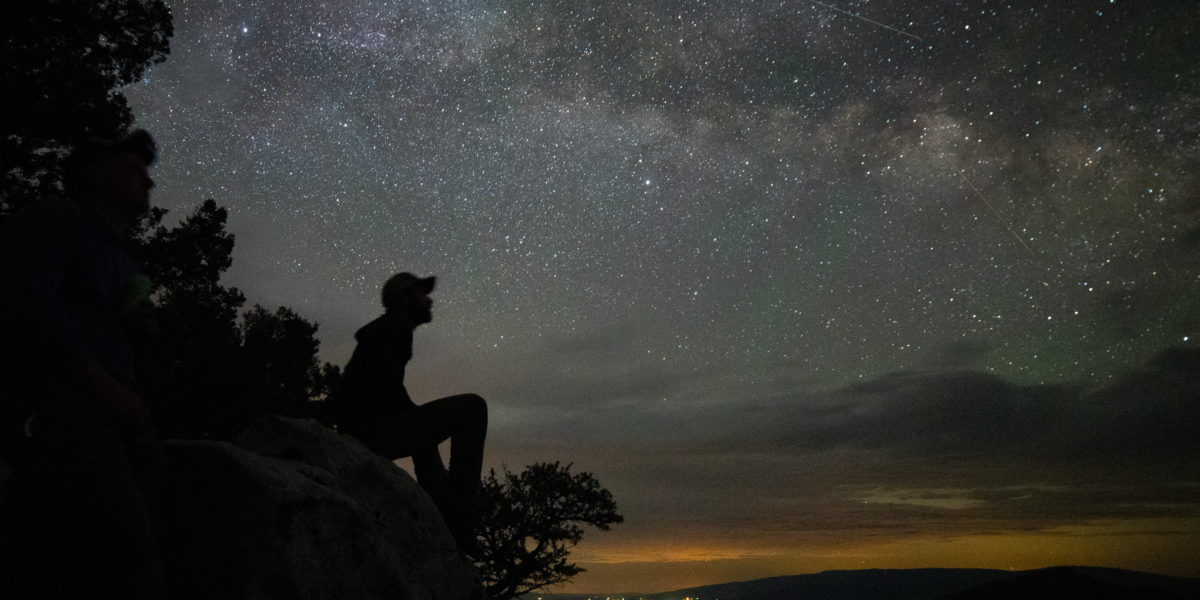
Venus, Mars, Jupiter, and Saturn Are Aligning—Here’s How to See Them
It’s time to grab a pair of high-powered binoculars.

From now through the end of April, half of our solar system will be putting on a rare display in the early morning sky of the Northern Hemisphere.
Pre-dawn skies of early April featured Venus, Mars, and Saturn, but for the remaining part of April, the trio will be joined prominently above the horizon by our solar system’s largest planet. Beginning April 20, 2022, Jupiter, Venus, Mars, and Saturn will line up diagonally across the early morning sky, during which time Venus and Jupiter, the sky’s two brightest planets, will appear to inch closer toward each other, according to NASA.
The celestial movement, which comes conveniently amid International Dark Sky Week (April 22-30 this year) will culminate on April 30 and May 1 with the planets moving into close conjunction, which is a rare phenomenon where the two worlds appear to overlap. The sight will bring back memories of the 2020 grand conjunction of Saturn and Jupiter. The two planets in this instance will not be as closely aligned from our vantage point, but their appearance at a 0.2-degree conjunction, from our perspective, will measure less than the diameter of a full moon.
The brightness and proximity of Venus and Jupiter should make for an especially dazzling display. Planetary glare may be intense enough to make distinguishing the two to the naked eye a challenge, but human restrictions can easily be remedied with any number of stargazing binoculars.
Of course, the proximity of the two planets in our sky is not indicative of physical proximity in space, where each planet embarks upon a unique orbit around our star. In the case of Jupiter and Venus, the two brightest planets in the sky, 430 million miles separate them, approximately five times the distance between the Earth and the sun.
For your best chance to witness the spectacle, venture out about an hour before sunrise and look east in the direction of the sunrise. Mars and Saturn will appear faint in comparison, but sky watchers will be treated on select days by a crescent moon sweeping below the planets. On April 26, a waning moon will pass Mars before positioning directly beneath Venus and Jupiter the following day.
And while stargazers can continue to witness Venus and Jupiter separate across the sky after the May 1 conjunction, another rare phenomenon will ensue only months later.
Toward the end of June and into early July, Mercury and Neptune will join the planetary dance across the pre-dawn sky. So, get your binoculars and telescopes ready, and watch the NASA video above to track when and where this month’s alignment will appear.
Read the Current Issue Here!
Get one year of Sunset—and all kinds of bonuses—for just $24.95. Subscribe now!
